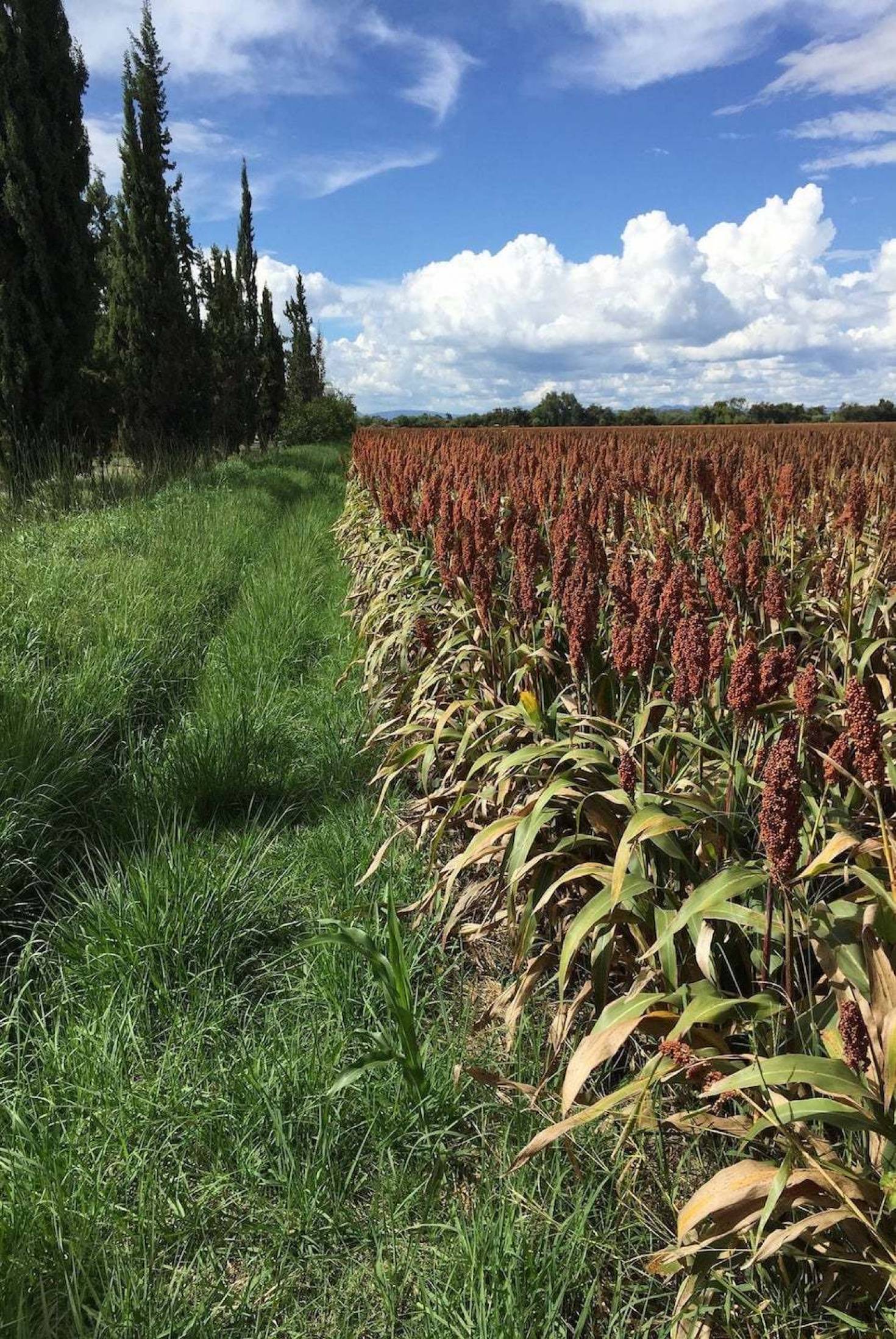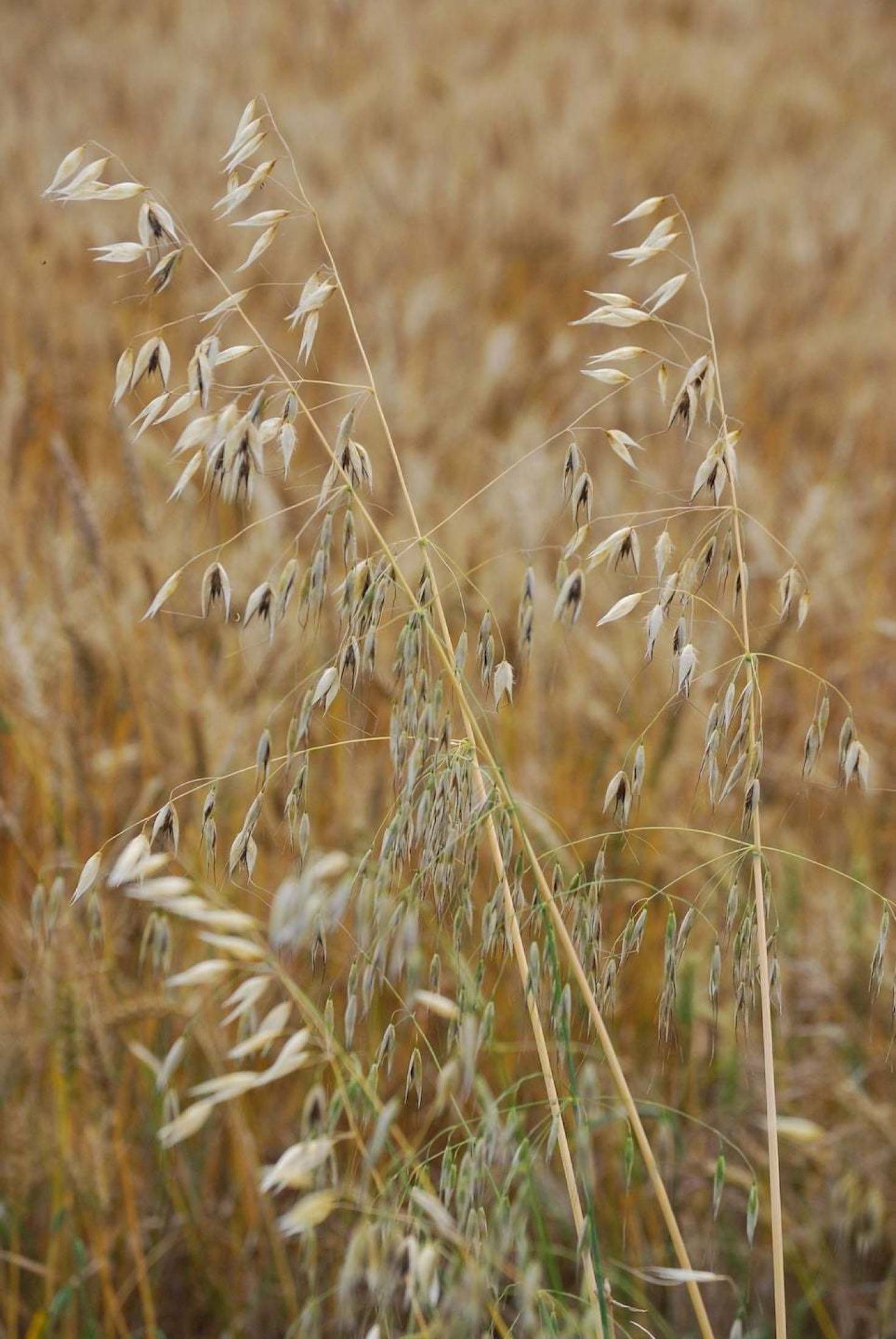Have you ever been driving by farmland near you and wondered why there used to be corn planted and thriving there and now there are soybeans growing? Why would a farmer do this? Did he get confused? Did his demand change drastically from one crop to another? Or is there some sound reasoning behind his seemingly strange behavior?
The farmer isn't crazy. He’s practicing a technique called crop rotation that can be found in Roman Literature and dated back to the Roman Empire and the Middle Ages. Some historians even believe crop rotation was being used as early as 6,000 B.C. by farmers in the Middle East. Whenever the exact origin was, the beneficial results of crop rotation speak for themselves and can’t be ignored.
What is crop rotation? Why not just plant the same crops as last year?
Crop rotation is the process of growing a series of different crops in the same area in sequential seasons. The planned rotation usually lasts from 2-4 years but can go longer. Why go to the trouble of changing crops? Planting the same crop year after year can eventually cause problems to develop. The end result for the farmer will be a smaller yield than the year before because the soil will be depleted of certain vital nutrients and there will be a buildup of pests and diseases specific to that crop.

Crop rotation advantages - what's good for the environment is good for the farmer
Controls pests and prevents diseases
What’s the best way to get rid of pests and disease-causing pathogens? Take away what they need to survive. Planting distinctly different crops in consecutive seasons takes away the food that pests eat, and hosts the pathogens they're using to reproduce and spread disease.
Prevents nutrient depletion in soil and increases fertility
Alternating crops with different nutrient compositions will help keep the soil rich in nutrients instead of planting the same crops and depleting certain nutrients pertaining to that crop. A farmer may switch from a low carbon to nitrogen ratio crop, to a crop with high carbon to nitrogen ratio. Keeping the soil supplied with needed nutrients increases the soil's fertility, or ability to sustain plant growth.
Causes better soil structure and reduces erosion
Rotating crops with taproots and fibrous roots improves the physical, chemical, and biological structure of the soil. Increasing soil stability will decrease erosion and allow for better water infiltration.


Reduces synthetic chemical use
You don’t have to replenish nutrients if the nutrients are already present in the soil. Often synthetic chemical fertilizers are used to add needed nutrients to the soil such as nitrogen fertilizer. Instead of using nitrogen fertilizer, a farmer could plant legumes to produce nitrogen in the soil, and the nitrogen would last longer. This will reduce greenhouse gas emissions and water pollution caused by synthetic fertilizers and pesticides.
Increases yield and land value
All the preceding advantages work together to allow farmers to optimize their yield potential. There's often a yield bump for crops grown in rotation. Higher yields translate into more money. Incorporating crop rotations can also increase the value of the land. It will become more attractive for a wise farm buyer because he’s aware of the potential that's been added from alternating crops.
Yield and land appreciation play a major role in why many investors are looking at agricultural land as an asset class. To learn more, check out our article discussing how to invest in farmland.
A study conducted by Iowa State University then built on by the Union of Concerned Scientists called Rotating Crops, Turning Profits: How Diversified Farming Systems Can Help Farmers While Protecting Soil and Preventing Pollution showed results in favor of longer rotations with diversified cover crops even compared to the standard corn-soybean rotation.
- Average corn yields were 2 to 4 percent higher.
- Average soybean yields were 10 to 17 percent higher.
- Longer rotations were just as profitable as corn-soy alone.
- Herbicide use was reduced by 25 to 51 percent.
- Herbicide runoff in water was reduced by 81 to 96 percent.
- Nitrogen fertilizer application rates were reduced by 43 to 57 percent.
Based on the study, predictions were made at what the results might look like if these diverse rotations were scaled to 25 Iowa counties and the results speak for themselves.
- Soil erosion would be reduced by 91 percent compared with tilled corn-soy.
- Taxpayers and downstream communities would save $196 million to $198 million per year in surface water cleanup costs.
- Net reductions in heat-trapping gases would be valued at $74 million to $78 million per year.

We all depend on land for clean water, food, and clean air. After you make the decision to practice crop rotation, it will be critical to determine which crops to alternate between. Different rotations work better in different areas. There are a lot of variables to consider like the soil, climate, precipitation, and the market. If you're looking to start your own farm or expand your current operation, take a look at our agricultural land for sale.
As you can see from the results above, farmers are having success with using more diversified crops in the rotation than the traditional corn-soybean rotation for instance. If you use cover crops, you'll want to make sure to terminate them well to optimize your cash crop's success. A farmer or a gardener wants to optimize his production and yield, and the process of crop rotation is a great way to do it. Not only will it help the environment and increase yield, but it will also improve the quality of the food we eat.

